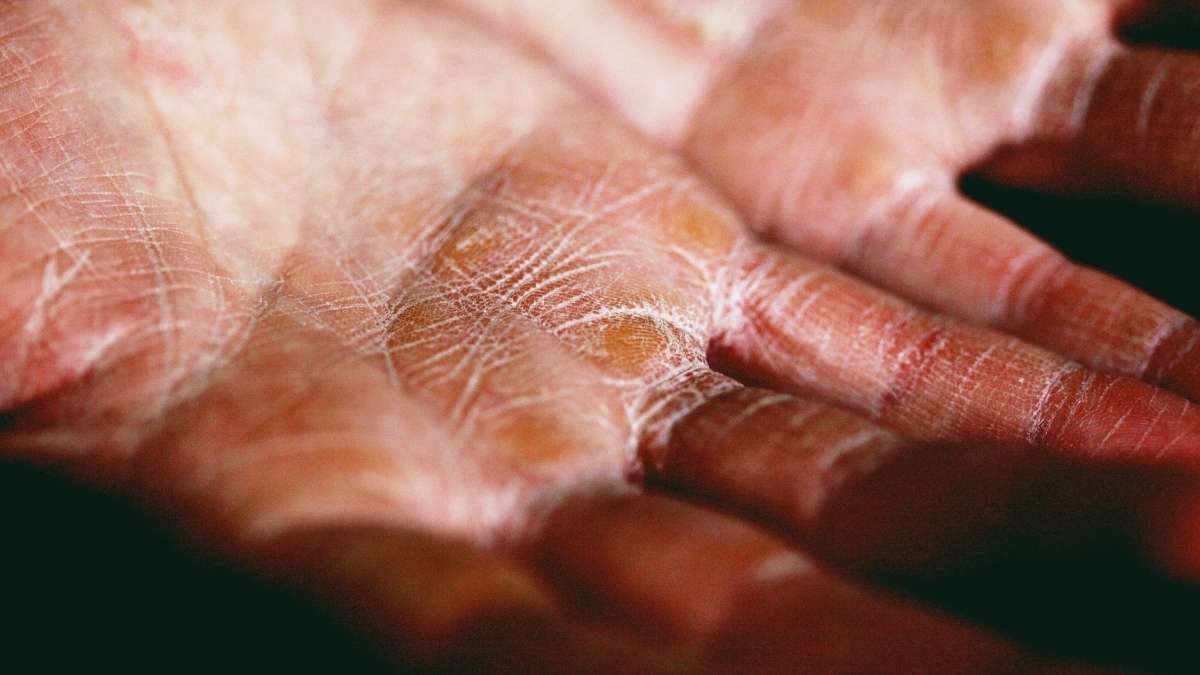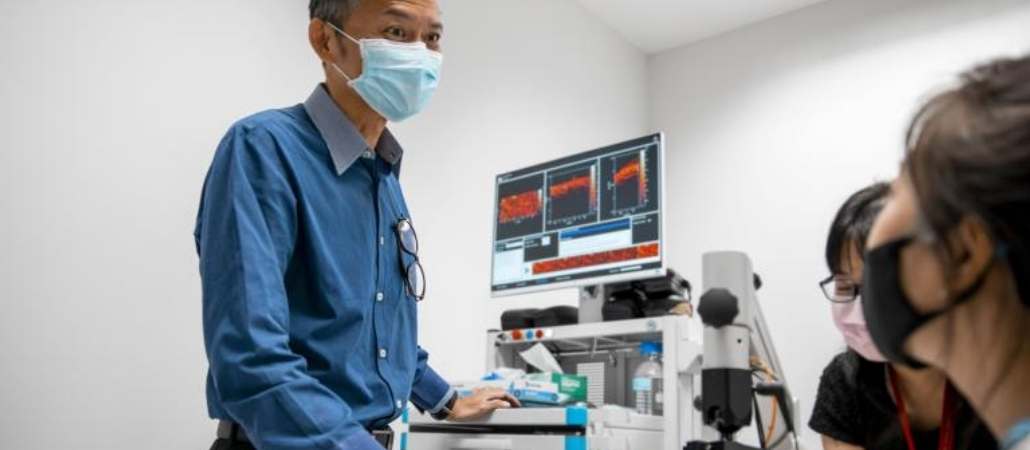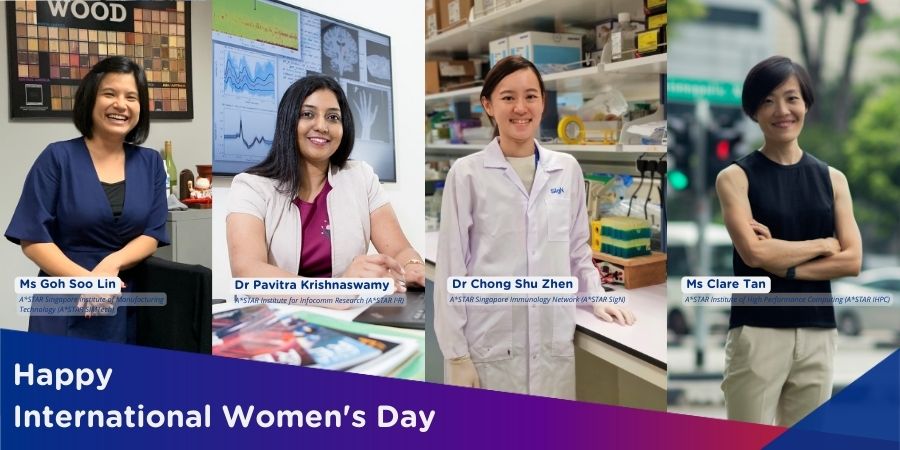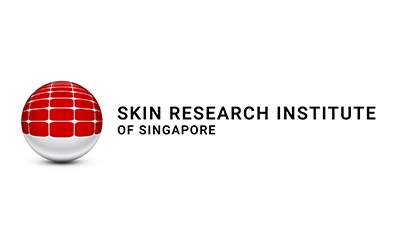Skin-Tech for Smart Skin Health Interventions

Skin conditions such as cancer and Atopic Dermatitis (AD) are increasing among Singaporeans, resulting in rising demand for dermatological treatment and services. The Skin Health Monitoring Centre (SHMC) was set up to conduct investigational clinical trials and supports the translational focus of the Skin Research Institute of Singapore (SRIS). It is located at the P.H Feng Research Centre at Tan Tock Seng Hospital and is led by A/Prof Steven Thng, Chief Dermatologist of SRIS, in collaboration with Prof Malini Olivo from the Institute of Bioengineering and Bioimaging (IBB), A*STAR. It primarily focuses on “Clinical Testing and Validation” of next-generation AI-assisted imaging technologies in healthy and diseased Asian populations, as well as conducting clinical trials for novel skin therapeutics developed by SRIS Principal Investigators (PIs) or local companies.
Developing, Testing, and Validating Skin Imaging Devices
Leveraging on the clinical network and access to patients, SHMC uses photoacoustic imaging at the National Skin Centre (NSC) to manage skin cancer. Chief Dermatologist Prof. Steven Thng says, "In the past, we had to cut off a piece of skin to diagnose skin cancer. This was a surgical process requiring post-operative recovery, but now, we have a technology that can look into the skin and take photographs to diagnose skin cancer instantly and map out its margins."
Another notable study at NSC was to characterise skin biomarkers between AD patients and healthy subjects with the help of these two advanced technologies only available at SHMC. In this study, clinicians could get a clear view of distinct vascular structures within the skin of AD patients with photoacoustic imaging and biochemical composition of the patient’s skin with confocal Raman spectroscopy at point-of-care and in real-time, which in turn help them plan long-term management of the AD condition. The chief advantage of these imaging devices is that they are flexible handheld probes providing better sensitivity than currently available table-top imaging devices and support diagnosing inaccessible body sites and providing in-depth skin profiling.
Clinical Trials at SHMC

Conclusion
Foot Note
A*SRL collaborates with public sector, the medical community and industry, and contributes actively to the Skin Research Institute of Singapore (SRIS) - a collaboration between A*STAR, Nanyang Technological University, Singapore, and the National Healthcare Group. SRIS brings together biologists, engineers, and clinicians to tackle clinically important questions in skin research.
A*STAR celebrates International Women's Day

From groundbreaking discoveries to cutting-edge research, our researchers are empowering the next generation of female science, technology, engineering and mathematics (STEM) leaders.
Get inspired by our #WomeninSTEM
